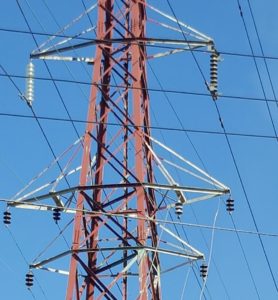Hard Fought $6.250 Million Construction Injury Settlement
Clark Law Firm, PC recently settled an injury case involving a fall from transmission tower for $6.250 million. Attorney Gerald Clark litigated the case against powerful forces for three years and showed the people in charge of the construction project chose to disregard basic fall protection and other safety rules to maximize profits. This directly caused severe worker injury.




